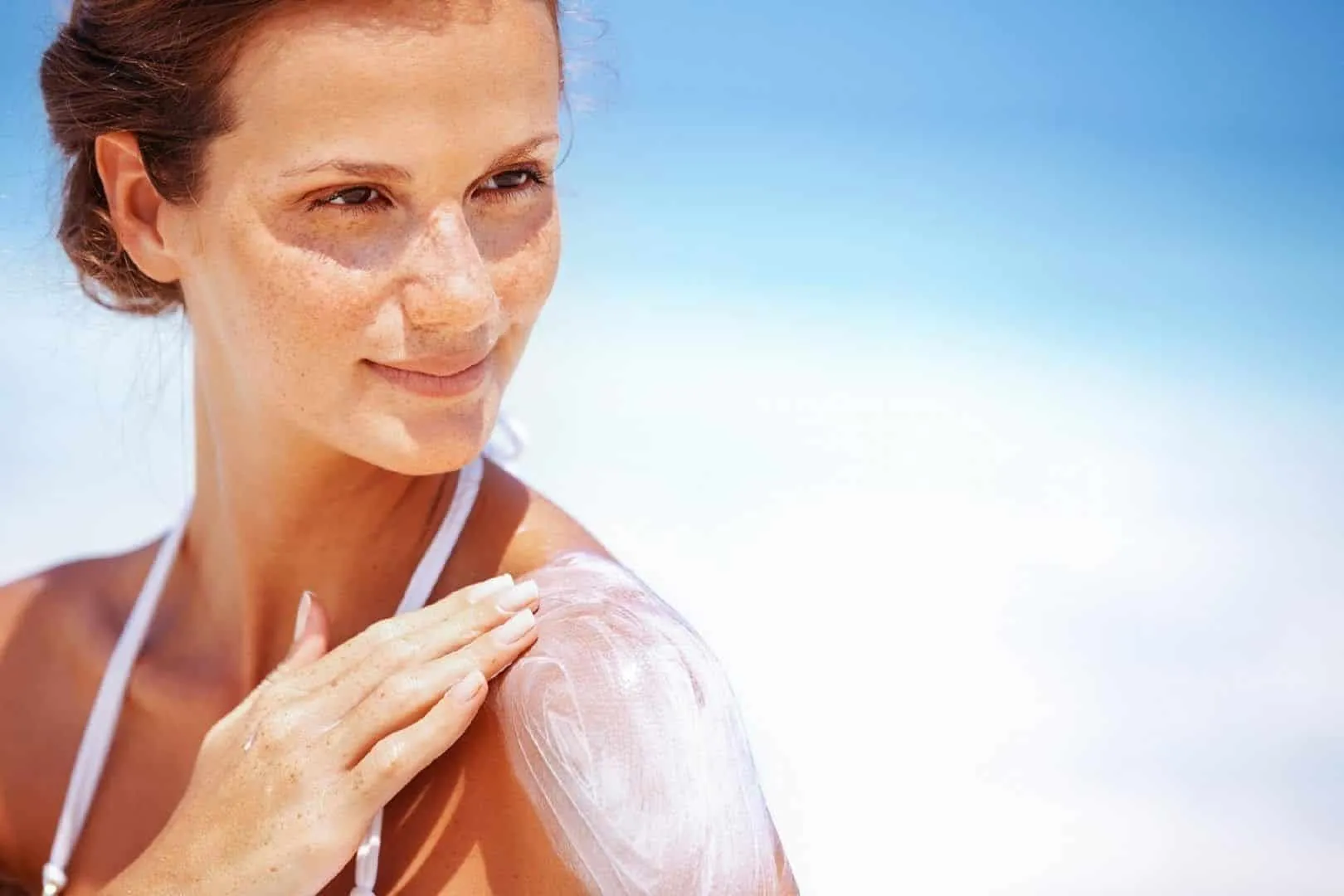Sun allergy is an inflammatory reaction caused by skin exposure to UV rays, causing redness and itching.
Summer has arrived and, with it, various skin problems arise, such as, for example, sun allergy, also known as solar dermatitis. Common in many people, sun allergy is a reaction of the immune system to the sun’s rays, which causes inflammation in areas such as the face, arms and chest, which are most exposed to the sun.
Symptoms caused by sun allergy include, for example, redness, itching, the formation of white or reddish dots and, in severe cases, these symptoms can even appear on skin covered in clothing.
The exact cause that causes this reaction is not yet known, but according to health experts and dermatologists, sun allergy occurs due to the changes caused by the sun on the skin. Therefore, if you want to know a little more about solar dermatitis, such as its causes, symptoms and treatments, continue here.
Symptoms of Sun Allergy

Sun allergy symptoms depend on numerous factors, and can vary from person to person, depending on the sensitivity of each individual’s skin and immune system. However, there are the most common signs, which are:
- Red spots on the skin;
- Itching in red areas;
- White and/or red blisters on the skin;
- Burning sensation;
- Skin irritation and sensitivity.
It is important to remember that the diagnosis of sun allergy must be made by a dermatologist. In fact, in some cases, it is necessary to carry out more specific tests, such as blood tests or skin biopsy.
Main causes
Solar dermatitis is caused by exposure to sunlight. However, some people are more likely to suffer from inflammatory reactions, including:
- Light-skinned people;
- Women between 15 and 35 years old;
- People who live in less sunny regions, but who come into excessive contact with the sun.
How to prevent sun allergy

Although there is no specific treatment for sun allergy, there are some tips that can help protect your skin from UV rays. For example:
- Consumption of dietary supplements that contain beta-carotene, nicotinamide (vitamin B3), selenium and probiotics;
- Avoid prolonged sun exposure (mainly between 10 am and 4 pm, as during this period the sun’s rays are more intense);
- Apply sunscreen every 2 hours;
- Wear clothing with UV protection;
- Use moisturizers with a protection factor of 30 or higher;
- Wear accessories such as a cap, hat and sunglasses.
Treatment

There is no exact treatment for sun allergy, however, it is important to remember to always avoid prolonged contact with the sun and use sunscreen daily.
However, if symptoms continue to appear despite following the recommendations, you need to ask your dermatologist for a prescription for antihistamines, such as Loratadine or Allegra. In addition, corticosteroids can also be used to alleviate sun allergy symptoms.
Finally, cold water baths and the use of aloe vera are recommended.
So, what did you think of our article? Take advantage of being here and also check out: Sunscreen stains – How to remove dirt from clothes.
Sources: La Roche, Your Health.
Image sources: Noticias ao Minuto, Atlas da Saúde, Uol, UmCOMO.

Sign up for our newsletter and stay up to date with exclusive news
that can transform your routine!
Warning: Undefined array key "title" in /home/storelat/public_html/wp-content/plugins/link-whisper-premium/templates/frontend/related-posts.php on line 12
Warning: Undefined array key "title_tag" in /home/storelat/public_html/wp-content/plugins/link-whisper-premium/templates/frontend/related-posts.php on line 13



